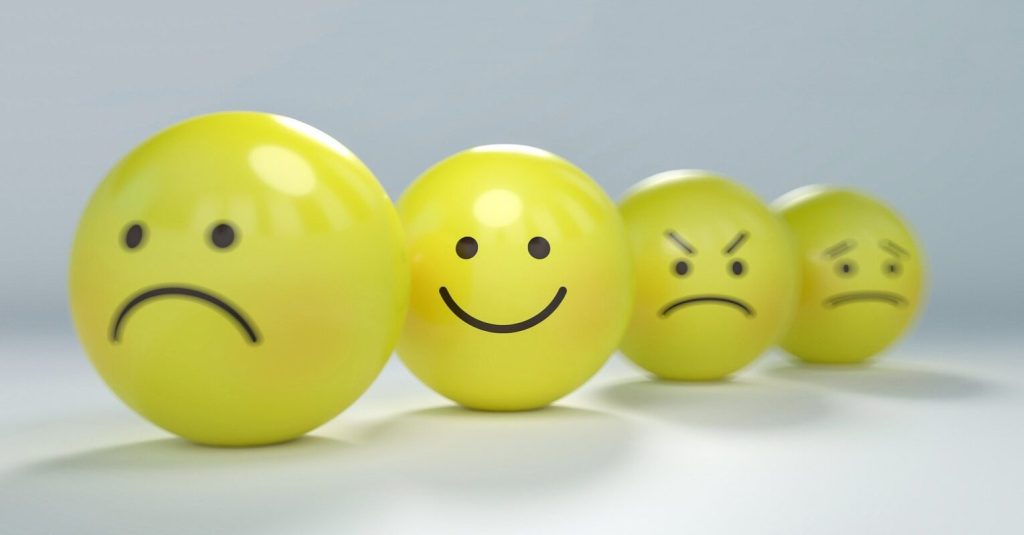
In today’s world, happiness is often treated like a requirement. Social media, motivational posters, and wellness blogs constantly tell us to “choose happiness” or “stay positive.” But the truth is, you don’t need to be happy all the time—and trying to be can actually harm your mental health. Life is complex, and experiencing the full spectrum of emotions is natural, healthy, and necessary for personal growth. Here’s why embracing all your emotions is more valuable than chasing constant happiness.
1. Happiness Is Just One Emotion

Happiness is only one feeling among many. Life is full of ups and downs, and expecting yourself to feel joy constantly is unrealistic. Sadness, anger, fear, and frustration are all part of being human. Instead of forcing yourself to be happy, it’s healthier to acknowledge your emotions without judgment. Feeling negative emotions doesn’t make you weak; it makes you real.
2. Difficult Emotions Teach You About Yourself
Negative emotions often carry important messages. Anger might signal that your boundaries have been crossed. Sadness could indicate a loss or unmet need. By paying attention to these feelings, you can understand yourself better and make meaningful changes in your life. Avoiding them in favor of “always being happy” prevents growth and self-awareness.
3. Chasing Happiness Constantly Can Backfire
Ironically, striving to be happy all the time can make you unhappy. Psychologists call this the “tyranny of positivity.” When people feel pressured to be happy, they may experience guilt or anxiety for feeling anything else. Happiness becomes performative rather than genuine, and life can start to feel shallow or hollow.
4. Negative Emotions Make Joy More Meaningful

Without contrast, happiness loses its depth. Overcoming challenges, enduring sadness, or coping with disappointment allows you to appreciate positive moments more fully. Relief, love, and satisfaction are far more profound when they follow difficult experiences. In this way, unhappiness is not a flaw—it’s an essential part of a rich life.
5. Embracing Emotions Builds Resilience
Life is unpredictable, and challenges are inevitable. Learning to navigate discomfort, sadness, and frustration builds emotional resilience. Resilience doesn’t mean avoiding negative emotions; it means understanding that they are temporary and manageable. By accepting all your feelings, you prepare yourself to recover from setbacks with strength and wisdom.
6. Authenticity Strengthens Relationships
Prioritizing happiness over authenticity can create distance in relationships. Real connections grow when people share their struggles and vulnerabilities. By showing your true emotions—even sadness—you allow others to relate to you deeply. Pretending to be happy all the time can isolate you and prevent genuine support from forming.
7. Happiness Is Fleeting—But Life Is Full
Finally, it’s important to remember that happiness is just one part of life. Experiencing a mix of emotions makes life richer, more meaningful, and more human. Trying to force yourself into perpetual happiness robs you of the lessons, growth, and connections that come from fully feeling all aspects of life.
Conclusion
You don’t need to be happy all the time. Life is a spectrum of emotions, and embracing them all is essential for growth, resilience, and authentic living. Sadness, anger, fear, and joy all play important roles in shaping who you are. Instead of chasing happiness constantly, focus on being emotionally honest, present, and open to life as it comes. True fulfillment doesn’t come from always feeling happy—it comes from embracing every emotion and learning from the full experience of being human.
